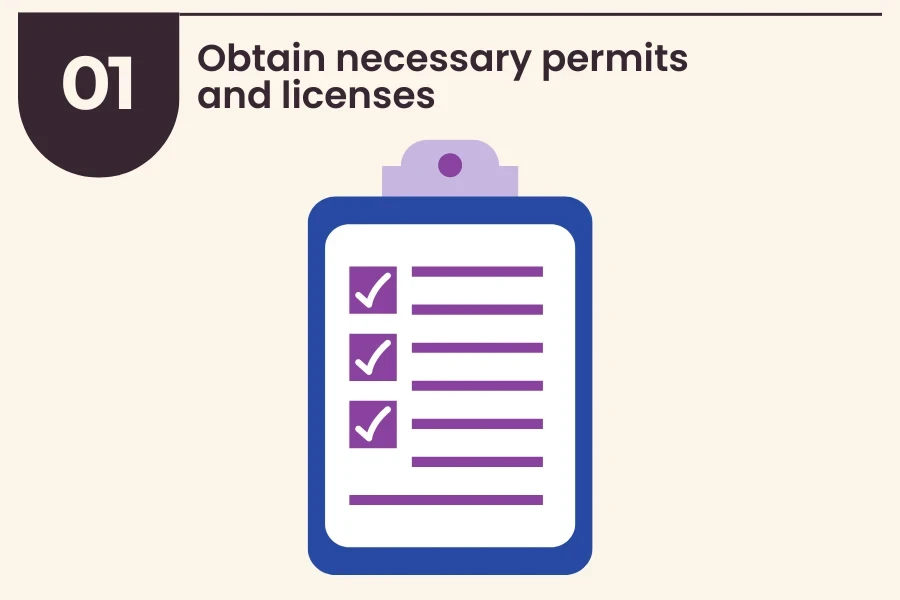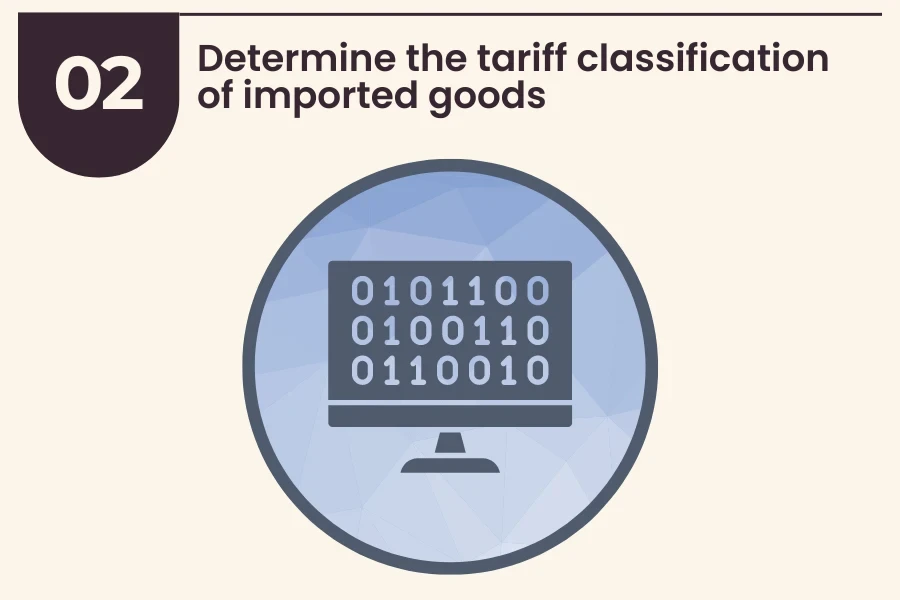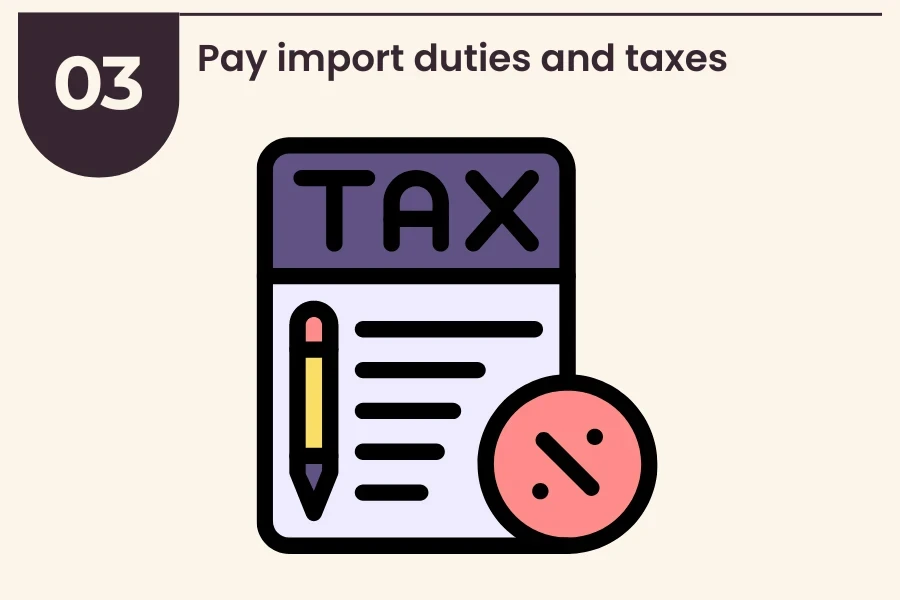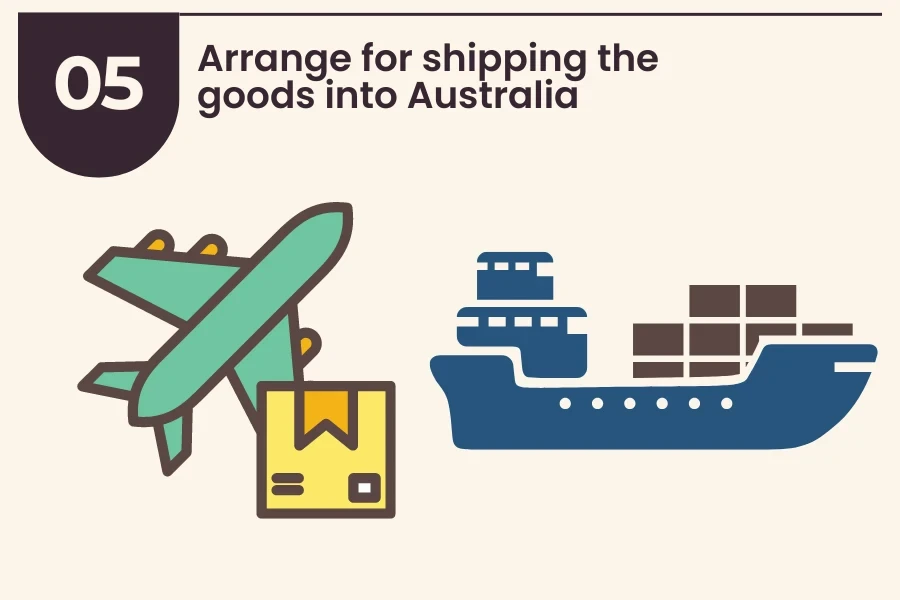Australia stands not only as a land of sweeping plains and rugged natural beauty but also as a vibrant hub for global trade and commerce. The allure of its market is more than anecdotal; it’s substantiated by compelling figures that showcase Australia’s appetite for imported goods.
Data reflects a bustling import sector with a total import volume that reached AUD 364.8 billion in 2021-2022, according to its Department of Foreign Affairs and Trade. Coupled with a high consumer expenditure, which the Australian Bureau of Statistics reported at a staggering AUD 1,036 billion for the 2020-2021 fiscal year, these indicators signal a thriving marketplace eager for quality products from across the seas.
Whether you’re an established business looking to expand your horizons or an entrepreneurial spirit seeking new opportunities, tapping into the Australian market could be a strategic move. However, the process of importing can seem fraught with complexity and red tape. Fear not, for this blog post is designed to unravel the intricacies of the import landscape down under.
Discover how to transform opportunities into reality in this comprehensive guide—your first foray into mastering the art of importing to Australia in just five steps.
Table of Contents
1. Obtain necessary permits and licenses
2. Determine the tariff classification of imported goods
3. Pay import duties and taxes
4. Prepare the shipping documents and import declarations
5. Arrange for shipping the goods into Australia
6. Streamline the Australian import process with customs brokers
1) Obtain necessary permits and licenses

The first move for businesses looking to import goods into Australia is to register for an Australian Business Number (ABN). It’s not mandatory, but having an ABN serves as a unique 11-digit identifier for your business when dealing with the Australian Taxation Office (ATO) and other government agencies. This can simplify the import process and allow businesses to reclaim taxes paid on their imported goods.
Once importers have their business registered, they need to check if their goods are permitted in Australia. The primary consideration is to ensure that the imported items are not on the list of prohibited imports. Although no general import license is required for importing goods into Australia from China, certain products do require specific permits.
For example, to import road vehicles into Australia, businesses must secure approval from the Department of Infrastructure, Transport, Regional Development, Communications and the Arts. This applies not just to passenger vehicles and motorcycles but also to automotive parts that could impact vehicle compliance. To find out if your product requires a permit or falls under import controls, you can consult this list maintained by the Australian government.
Certain categories of goods, particularly agricultural products, animal products, and plant materials, face stringent biosecurity measures. Australia imposes these controls to avert the introduction of non-native pests and diseases through imports. On arrival, biological imports may need to undergo quarantine or additional treatment before release to the importer.
To figure out the specific conditions and permits needed for these types of imports, businesses should reference the Biosecurity Import Conditions system (BICON). BICON is a comprehensive database that provides information on more than 20,000 different items that might be subject to biosecurity control.
2) Determine the tariff classification of imported goods

After businesses have obtained all the required registrations and permits, and ensured their products are permissible for importation into Australia, the next step is to identify the correct tariff classification number for the imported goods. It’s important to classify goods accurately when importing into Australia, as it helps to:
- Avoid import delays, increased scrutiny from Customs officials, and potential fines.
- Determine the applicable duty and tax rates for imported goods.
- Take advantage of preferential duty rates under free trade agreements.
Importers of goods originating from China must be aware of the free trade agreements (FTAs) between China and Australia, such as the Regional Comprehensive Economic Partnership Agreement, which counts both China and Australia as members.
Furthermore, the China-Australia Free Trade Agreement (ChAFTA), in effect since December 20, 2015, permits free trade on most Chinese products, except for those listed in Schedule 12 of the Australian Customs Tariff Act.
Now, how can you determine the tariff classification number?
Importers can determine the tariff classification number for their goods by using the Combined Australian Customs Tariff Nomenclature and Statistical Classification, commonly known as the “Working Tariff”. Imagine we are importing oat seeds; here is how we can find the tariff code in 4 steps:
Step 1:
Access the online version of the Working Tariff and navigate to Schedule 03, which contains a list of tariff classifications and their applicable rates of duty.
Step 2:
Identify the section corresponding to your product (e.g., live animals, animal products, vegetable products, mineral products, etc.). For importing oat seeds, we would click on “Vegetable products“.
Step 3:
Select the appropriate chapter. In this case, we would choose Chapter 10, labeled “Cereals“.
Step 4:
Within this chapter, we search the table listing for “Oats” to locate the reference number for oat seeds, which are the first 8 digits, “1004.10.00”. The statistical code, the last 2 digits, is “29”. Therefore, the complete 10-digit tariff classification number for oat seeds is “1004.10.00.29“. We can also confirm from the table that this product has a free rate of duty.
3) Pay import duties and taxes

Now, with businesses having the correct tariff classification number for their imported goods and knowing the applicable rates of duty, it’s time to calculate and pay the import duties and taxes. Although the calculation process might seem complex, we can summarize all the inclusive import costs in the following components:
- Calculation of duties: Customs duties are applied based on the classification of the goods being imported and their customs value. However, as we have seen in the previous step, some Chinese goods might be subject to a free rate of duty.
- Goods and Services Tax (GST): GST is generally applied at a rate of 10% on most imported goods.
- Import processing charges: These charges apply to the process of declaring the goods to customs and are based on the value of the goods.
- Biosecurity cost recovery charges on imports: The Australian Border Force (ABF) collects these charges to cover the cost of import risk assessments and inspections necessary to protect local agriculture and the environment.
To illustrate the calculation of customs fees when importing goods into Australia, let’s use the example of importing oat seeds, which are assumed to have a free rate of duty. Let’s assume that the total price of these goods is AU$ 15,000.
i) Valuation of the goods
While there are several methods of valuing goods for customs purposes, the Australian Border Force (ABF) most commonly applies the transaction value method. This method is based on the price actually paid or payable for the imported goods, reflecting their actual market value as accurately as possible.
Using the transaction value method, the Customs authorities determine the value of the goods based on the invoice provided by the exporter. In our example, the exporter’s invoice for the oat seeds indicates a selling price of AU$ 15,000. Click here for more details on the valuation of imported goods.
ii) Calculation of duties
Since oat seeds have a free rate of duty, no customs duty will be imposed on them.
iii) Goods and Services Tax (GST)
The GST rate applicable to taxable Australian importations is 10%. It’s important to note that the calculation of GST includes shipping and insurance costs (i.e., CIF based). Let’s calculate the GST for our example of oat seeds:
- Commercial value of the oat seeds: AU$ 15,000
- Duty payable: AU$ 0 (due to the free rate of duty)
- Transport and insurance: Suppose the cost paid for transport to Australia is AU$ 1,000 and insurance for the transport is AU$ 500.
Therefore, the customs value of the taxable importation is AU$ 16,500 (AU$ 15,000 + AU$ 0 + AU$ 1,000 + AU$ 500). The GST payable is 10% of the value of the taxable importation, which is 10% of AU$ 16,500 = AU$ 1,650. Click here for further details about GST, including information on non-taxable importations and circumstances under which businesses can defer GST payments.
iv) Import processing charges
The processing fees charged by the ABF vary depending on the lodgement type (electronic or paper-based) and the value of the consignment. In our example, since the consignment is valued at over AU$ 10,000 and has been lodged electronically, the import processing charge amounts to AU$ 152.00.
v) Biosecurity cost recovery charges
The ABF collects biosecurity cost recovery charges (biosecurity charges) on behalf of the Department of Agriculture, Fisheries and Forestry (DAFF). These charges vary depending on whether the goods are imported via air (AU$ 43) or sea (AU$ 63). As the oat seeds are imported in our example, biosecurity cost recovery charges apply. Assuming the import is via sea, the charge will be AU$ 63.00.
vi) Total cost:
- Customs value of goods: AU$ 16,500
- Duty payable: AU$ 0
- GST payable: AU$ 1,650
- Import processing charges: AU$ 152
- Biosecurity charges (via sea): AU$ 63
Total Cost: AU$ 16,500 (CV) + AU$ 1,650 (GST) + AU$ 152 (import processing charge) + AU$ 63 (biosecurity charges) = AU$ 18,365. This amount is what we would expect to incur for the purpose of importing oat seeds into Australia.
4) Prepare the shipping documents and import declarations

Now that we’ve navigated through the initial steps of importing goods into Australia, we have reached a crucial phase: the preparation of shipping documentation and the import declaration. These documents are the backbone of ensuring a smooth customs clearance process when your goods arrive in Australia. The Australian Border Force (ABF) requires specific documentation to clear your goods, so having a detailed understanding of what you need is paramount.
The table below provides a concise overview of the essential documents, outlining their purposes and specifying when each is needed in the import process.
| Document | Purpose | When it’s needed |
| Permits and Licenses | Required for regulated products to ensure compliance with Australian laws. | Prior to shipment |
| Air Waybill (AWB) or Bill of Lading | Serves as a contract of carriage and receipt of goods. | Upon shipment |
| Commercial Invoice | Provides information for the assessment of customs duties and taxes. | Upon arrival |
| Packing List | Details the specifics of the goods shipped (quantity, types, etc.). | Upon arrival |
| Certificates of Origin | Verifies the country of origin of the merchandise. | At clearance |
| Insurance Certificate | Proof of insurance coverage for the shipped goods. | Upon shipment |
| Import Declaration (N10) | A statement declaring the details of goods being imported to the ABF. | At clearance |
| Import Processing Charge Receipt | Shows payment of the import processing charge required by the ABF. | After declaration |
Preparing these documents carefully is not only a regulatory requirement but also ensures that the customs-clearing process is as fast and seamless as possible. It prevents delays that might occur due to inaccuracies or missing information.
5) Arrange for shipping the goods into Australia

With all preparations complete and your goods ready to be imported into Australia, the final step entails selecting and arranging the most appropriate shipping method. This choice will largely depend on the nature of your goods, your budget, and how quickly you need them delivered. Here’s an overview of the primary shipping methods available:
- Sea Freight FCL (Full Container Load):
- Description: With FCL, your goods have exclusive use of a shipping container. It’s cost-effective for large volumes and offers security since the container is sealed until reaching its destination.
- Practical Use: Ideal for bulk goods or large shipments that fill an entire container, such as furniture or large amounts of merchandise for retail.
- Sea Freight LCL (Less than Container Load):
- Description: LCL allows your shipment to share container space with others. It’s flexible and more cost-efficient for smaller shipments.
- Practical Use: Suited for small to medium-sized shipments that do not require a full container, such as palletized goods or smaller equipment.
- Air Freight Classic:
- Description: A standard air freight service offering a balance between cost and delivery time. It’s reliable for most shipments, though not as fast as express options.
- Practical Use: Best for moderately urgent shipments where cost considerations are equally as important as speed, such as automotive parts or electronics.
- Air Freight Express:
- Description: This is the fastest shipping option, providing expedited air service for urgent deliveries. It’s typically more expensive than classic air freight.
- Practical Use: Ideal for time-sensitive or high-value goods that need to be delivered as quickly as possible, like fashion apparel for a launch or critical spare parts.
Choosing the right shipping method can be daunting given the various factors to consider such as cost, speed, and cargo specifics. To simplify this process, consider visiting the Alibaba.com Logistics Marketplace. This platform enables you to get competitive quotes tailored to the dimensions and nature of your cargo. Additionally, you can connect with leading freight forwarders who can provide expert advice and help you make an informed decision. Visit Alibaba.com Logistics Marketplace today to ensure your shipments are handled efficiently and fit your logistics needs perfectly.
Streamline the Australian import process with customs brokers
Upon payment of all relevant fees and duties and presenting all the required documentation, the Australian Border Force (ABF) will clear your goods for entry into Australia. After clearance, your products can be transported to their final destination within the country, marking the successful completion of the import process.
Importing goods into Australia involves a complex procedure that requires a deep understanding of local regulations, meticulous documentation, and strict adherence to compliance measures. For businesses looking to import goods into Australia, navigating this process can be daunting, especially for those new to the scene or those expanding their import operations.
This is where the expertise of customs brokers becomes invaluable. Customs brokers specialize in the import process, offering a range of services that streamline the passage of goods through customs. They are well-versed in all the necessary regulations and paperwork, and can help ensure that your goods are compliant with Australian import laws, thereby minimizing the risk of delays, fines, or confiscations at the border.
Engaging a customs broker throughout the import process is not just about convenience—it’s a strategic move. It allows businesses to focus on their core activities and strengths, like sourcing quality products and marketing, instead of getting bogged down in the intricacies of import regulations. Additionally, customs brokers can often negotiate better shipping rates, provide valuable advice on tariff classifications, and handle potential inquiries from the Customs authority in relation to your imports.

Looking for a logistics solution with competitive pricing, full visibility, and readily accessible customer support? Check out the Alibaba.com Logistics Marketplace today.



